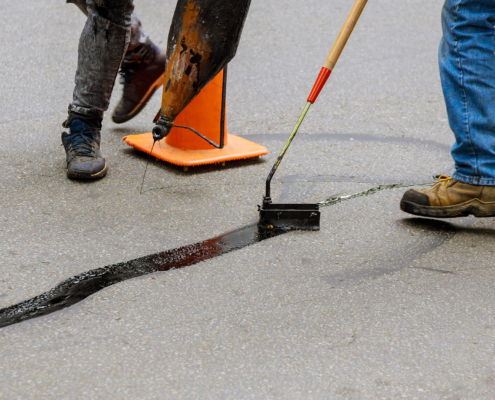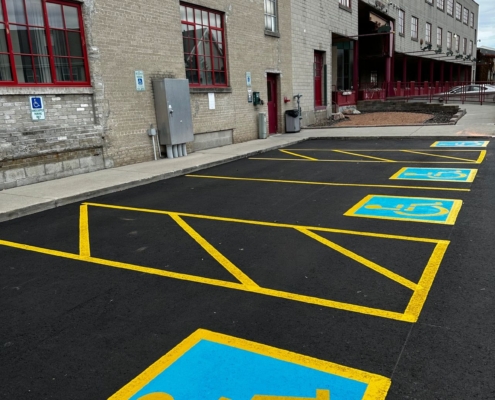The durability of asphalt comes from its unique mix of aggregates, sand, and bitumen—a binding agent that holds everything together. Despite its strength, asphalt is still vulnerable to a variety of stressors.
Water is one of the biggest culprits. It seeps into cracks, erodes the underlying layers, and causes sections of the pavement to sink or collapse. In regions with seasonal weather shifts, freeze-thaw cycles further accelerate damage. When water freezes inside small crevices, it expands and creates larger cracks, weakening the structure.
Ultraviolet rays from sunlight are another factor. Over time, UV exposure degrades the bitumen, causing the asphalt to become brittle and prone to surface cracking. Heavy vehicles contribute as well, especially in high-traffic areas like commercial parking lots or loading docks. If the asphalt was installed over a poorly compacted sub-base, the pressure from these loads can cause ruts, dips, or edge damage.
Poor drainage also plays a role. When water doesn’t properly drain away from the pavement, it pools in low spots and accelerates surface wear.






